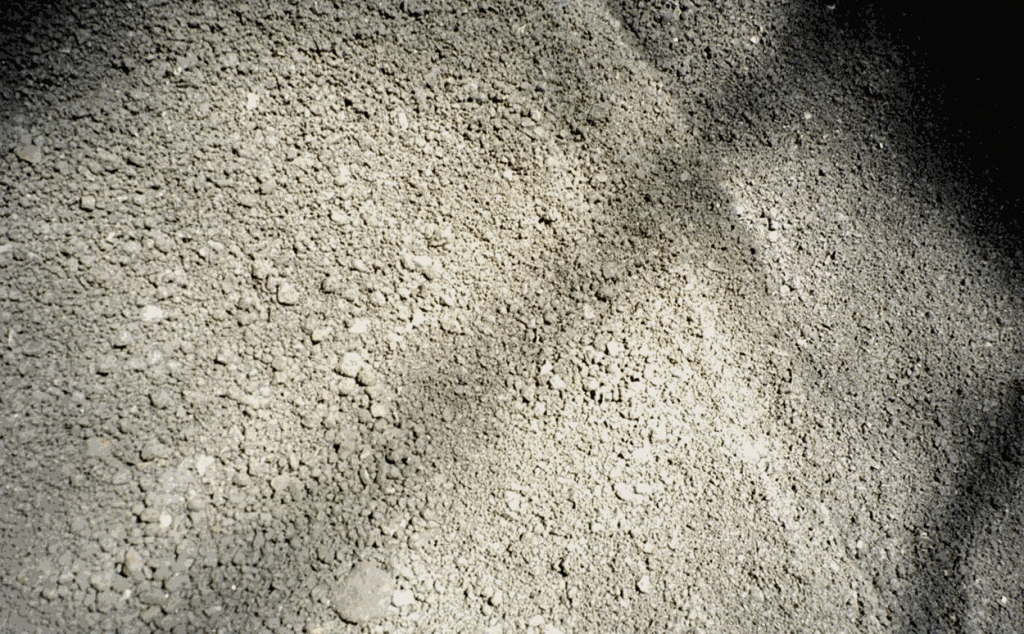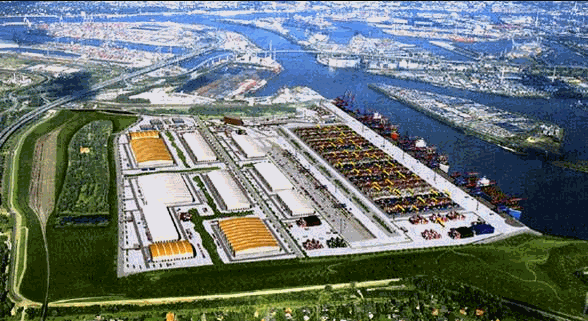Key Facts & Benefits
Landfilling is not sustainable
- Landfills create serious environmental threats to groundwater and greenhouse gas emissions
- Landfills generate methane which is 21x more potent than CO2
- Landfilling squanders much of the potential renewable energy and reusable resource value in solid waste
- Landfills are getting full and new landfills are virtually impossible to permit due to environmental concerns
- Landfill hauling and tipping fees will continue to rise with rising fuel and land costs
Recycling coupled with waste conversion is the most responsible and sustainable solution
- Europe leads the world in adopting sustainable waste management practices, combining curbside recycling with energy from waste facilities:
- More than 60% of post-recycled waste is processed (combusted but with waste heat & power recovery) in 425 plants throughout the 27-nation European Union, compared with 10% of post-recycled waste processed in 87 plants in the US
- Law in 14 countries of EU: no landfilling of waste without prior recycling and energy recovery
- Energy generated from MSW in the EU exceeds solar and wind combined – each ton of MSW equals the energy content of 1/3 ton of coal
- Sophisticated, sustainable solid waste management practices recognize the need to both maximize recycling and utilize EfW processes to recover energy and resources from the remainder
- Multiple studies performed in both the US and Europe confirm that communities with EfW facilities also enjoy higher recycling rates
Advanced Thermal Recycling® (ATR®) resets the standard for management and disposal of MSW
Proprietary process that achieves the lowest environmental footprint of any commercial EfW technology operating in the western hemisphere
- Attains 99% Landfill Diversion
- Highest diversion in the industry achieved via:
- Community-based curbside recycling program
- Additional recycling in a pre-processing material recovery facility (MRF) to recover remaining recyclable materials from waste stream delivered to ATR® facility
- Combustion of non-recyclable materials to produce power
- Treatment of residual bottom ash to recover ferrous and non-ferrous metals as well as glass to enable beneficial re-use of the resulting bottom ash aggregate in concrete products or as construction aggregate
- Treatment of fly ash to recover metals
- Treatment of flue gas to recover hydrochloric acid and gypsum
- From each ton of MSW received, less than 20 pounds remain for ultimate disposal
- Highest diversion in the industry achieved via:
- Lowest air emissions for all regulated pollutants – criteria pollutants, air toxics, and organics
- State-of-the-art combustion system design and control, coupled with the most sophisticated flue gas treatment system exceeds the equipment requirements of Federal MACT standards
- Technology is based on 60+ years of experience and improvement in solid waste, coal, hazardous waste and industrial plant design and construction by GCS’ technology partner

Treated Bottom Ash in Storage

Treated Bottom Ash Size Fractions

Treated Bottom Ash is Sub-grade in Hamburg Container Port

